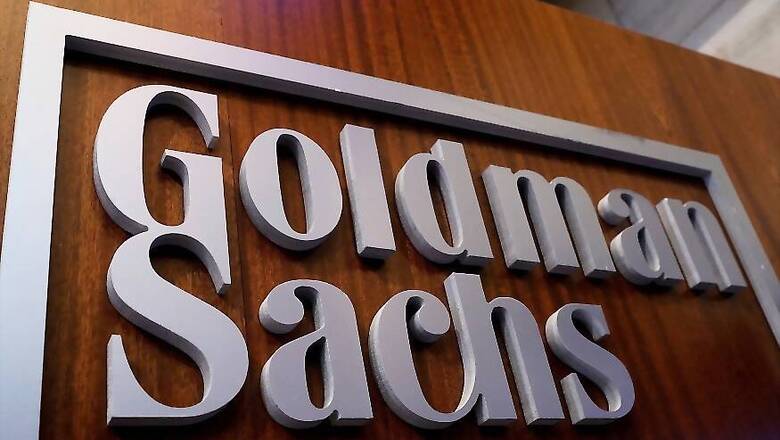
views
The rally across commodities has gotten ahead of fundamentals with the exception of metals, Goldman Sachs said in a note dated Tuesday, adding that it was hesitant to recommend a long position this early in the cycle.
The Wall Street bank sees downside risks in agricultural and energy markets, citing the recent strength as surprising given the massive inventory overhangs and depressed demand.
"Without a shift in balances, any rally in physical commodity markets is unsustainable," Goldman said, adding the climb was "too much, too fast in oil, but not metals."
The metals markets are tight and "extremely strong" Chinese demand from construction and infrastructure sectors in May has exceeded even the most optimistic projections, analysts at the bank said.
"Combined with COVID-19-related supply disruptions and a lack of scrap availability due to the lockdown, metals markets are left with relatively little inventory."
The lender is forecasting 3-month returns of 0.8% for industrial metals, -9.5% for energy complex, -8.6% for precious metals and -7.4% for agriculture.
On a 3, 6 and 12-month horizon, Goldman sees returns of -7.5%, 2.7% and 13.1% on commodities over the S&P GSCI index. The year-to-date return on commodities is seen at -34.2%, compared with 17.4% in 2019.
Oil production will be incentivized to return as prices reach $40 per barrel, which substantially increases downside risks and markets are now looking for a 15-20% correction, the bank said.
In the agriculture sector, Goldman said corn and sugar are set for historically large levels of production this year even as coronavirus-induced disruptions dampened their demand outlook.
Meanwhile, the bank expects gold to reach $1,800 per ounce on a 12-month basis and the tail risk of above-target inflation as a potential driver for prices to climb beyond $2,000.

















Comments
0 comment